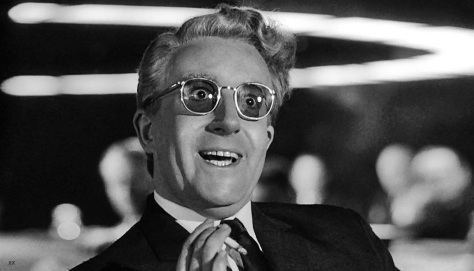One of the most interesting and creative ways to tell a love story, Eternal Sunshine of the Spotless Mind changed the way romantic comedies could be made. A little splash of science fiction is all the genre needed in order to feel fresh and unique. However, if there’s one thing I base how good a film of this genre is, it is the film’s ability to make me cry. And I’ll get into that later. Now I’m not a huge Rom-Com person, but depending on my mood sometimes I might just be in the mood for a love story.
A brief overview of the plot; the film depicts a present day where if they wish a person can have certain memories erased. Joel (Jim Carrey) and Clementine (Kate Winslet) go through a rough breakup. Clementine decided to have all memories of him erased, and when Joel finds this out, he too decides to erase her from memory. After this, the two meet again is if for the first time.
This film took me by surprise. I was looking for something that was going to get me somewhat emotional, and I got that, just not the way I was expecting. The film is more so about the complexity of relationships on a cognitive level, rather than your average sad story that eventually has a bit of hope at the end. Previously a music video director, Michel Gondry carefully crafts the films’ non-linear structure, alongside clever writing from Charlie Kaufman, to take the viewer on a journey through Joel’s mind, his feelings and show the viewer how early life experiences can shape the way future relationships may turn out. If anything, the film is somewhat insightful and inspires a refreshing and hopeful look at relationships, where two people can clearly state to one another what is wrong with their relationship, and actively try to work on it. Despite the fantasy element within the plot, i.e. the sci-fi-esk ability to erase memories, the film is still kind of grounded in reality in comparison with others in its genre on an emotional level. And while it did not make me cry, it still gave me an interesting view on how relationships can be perceived.
8/10.



